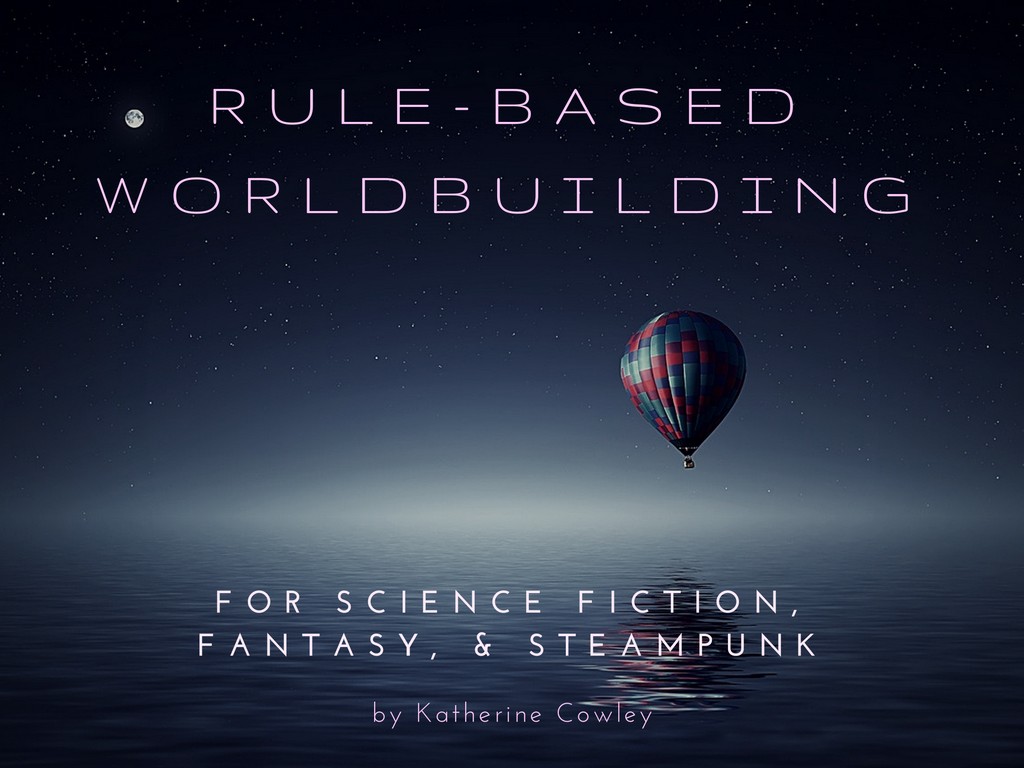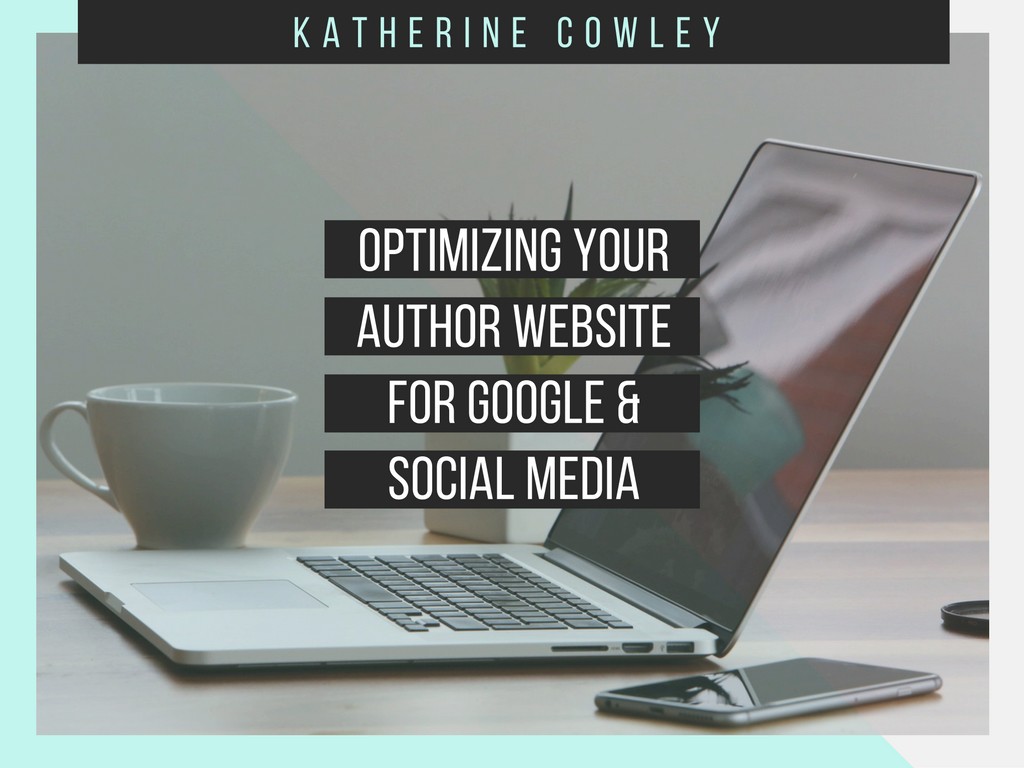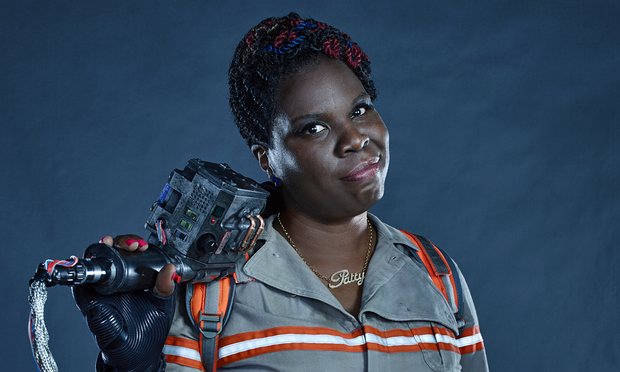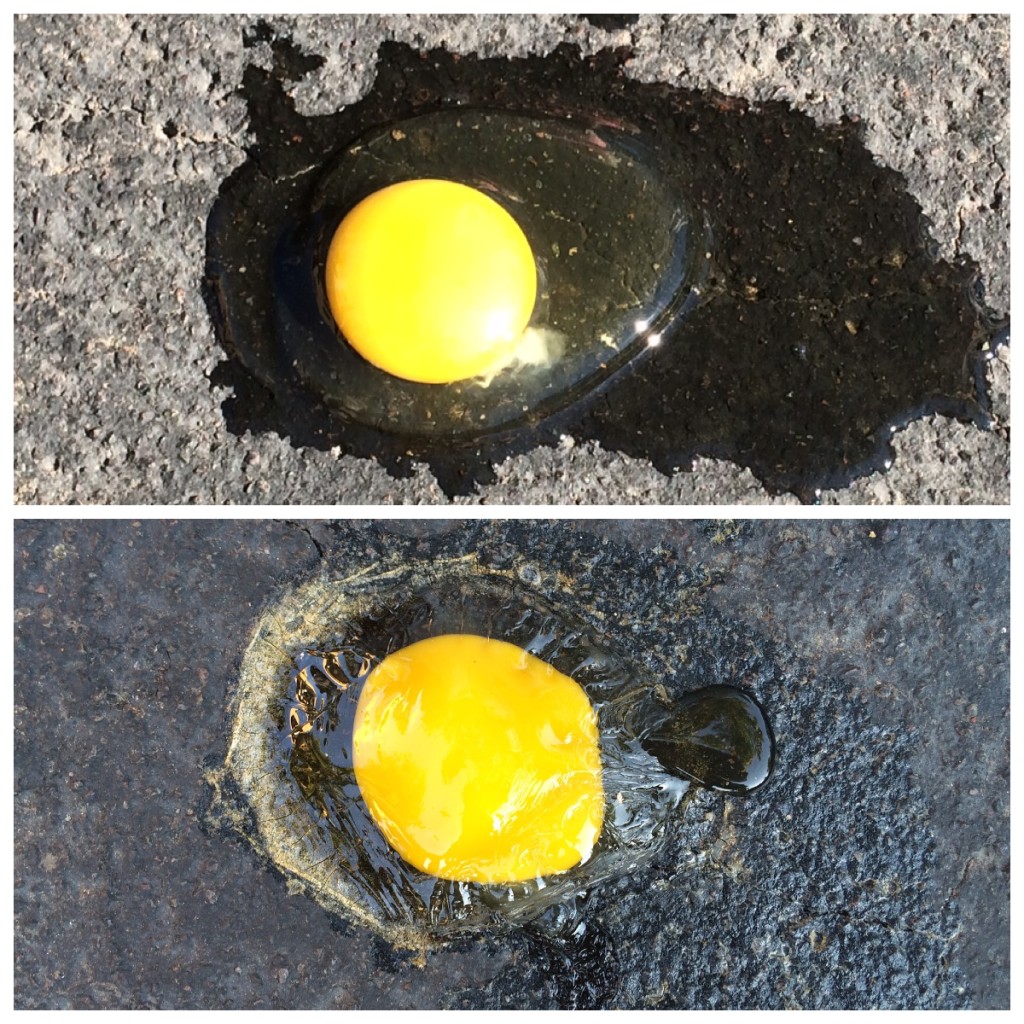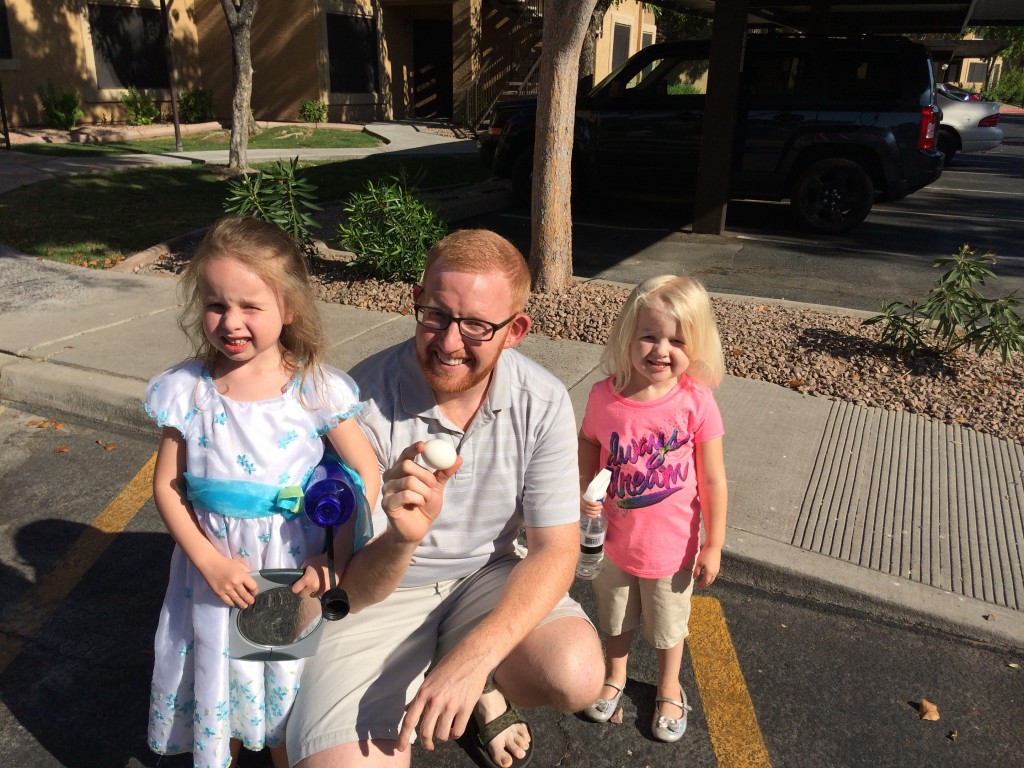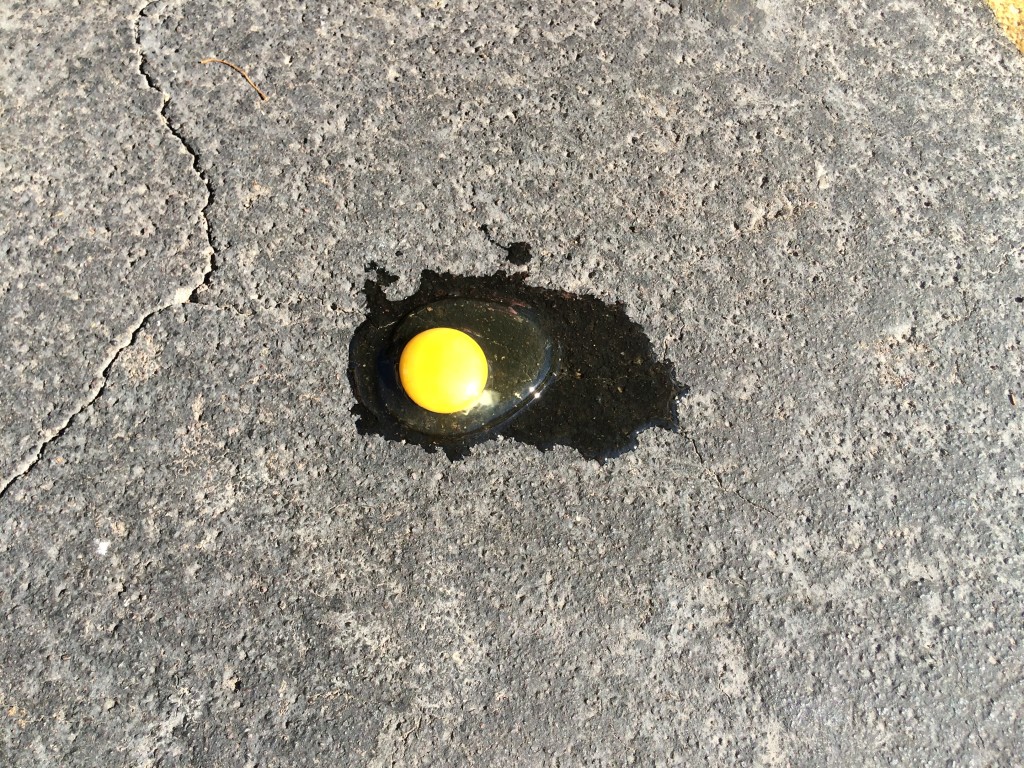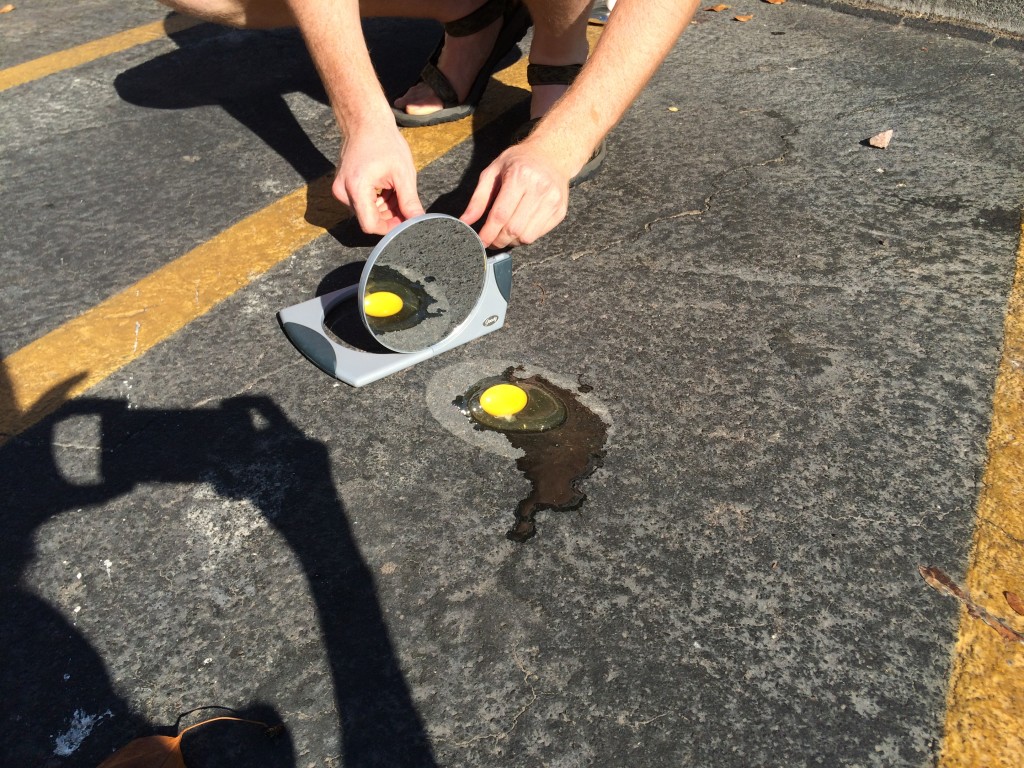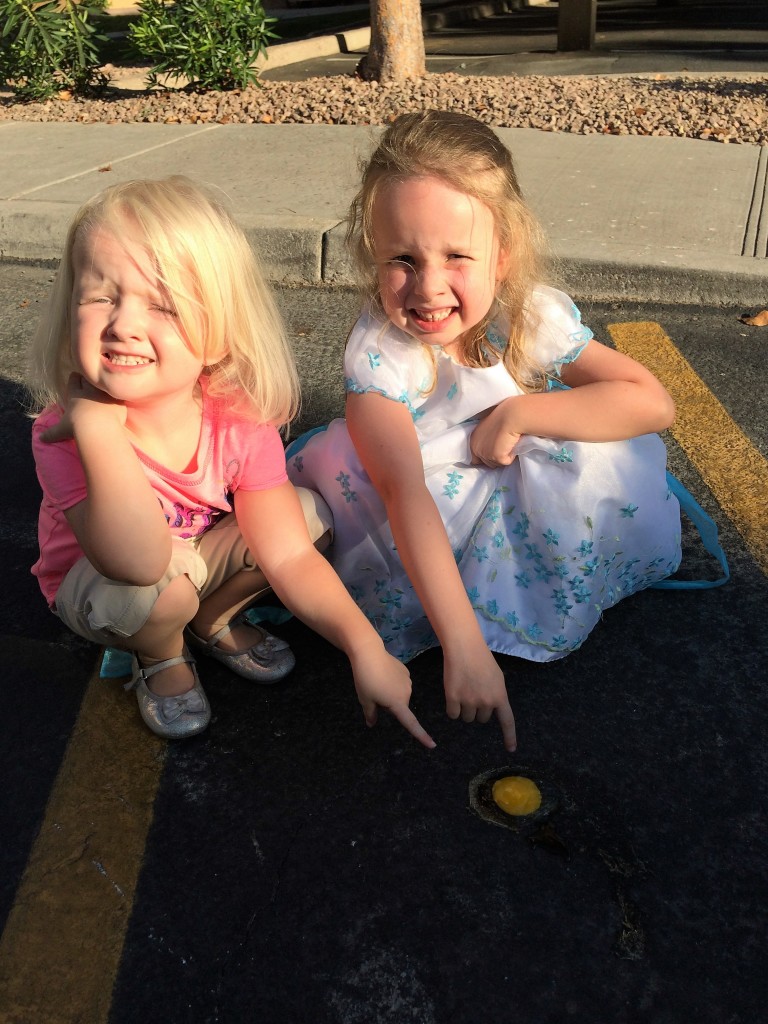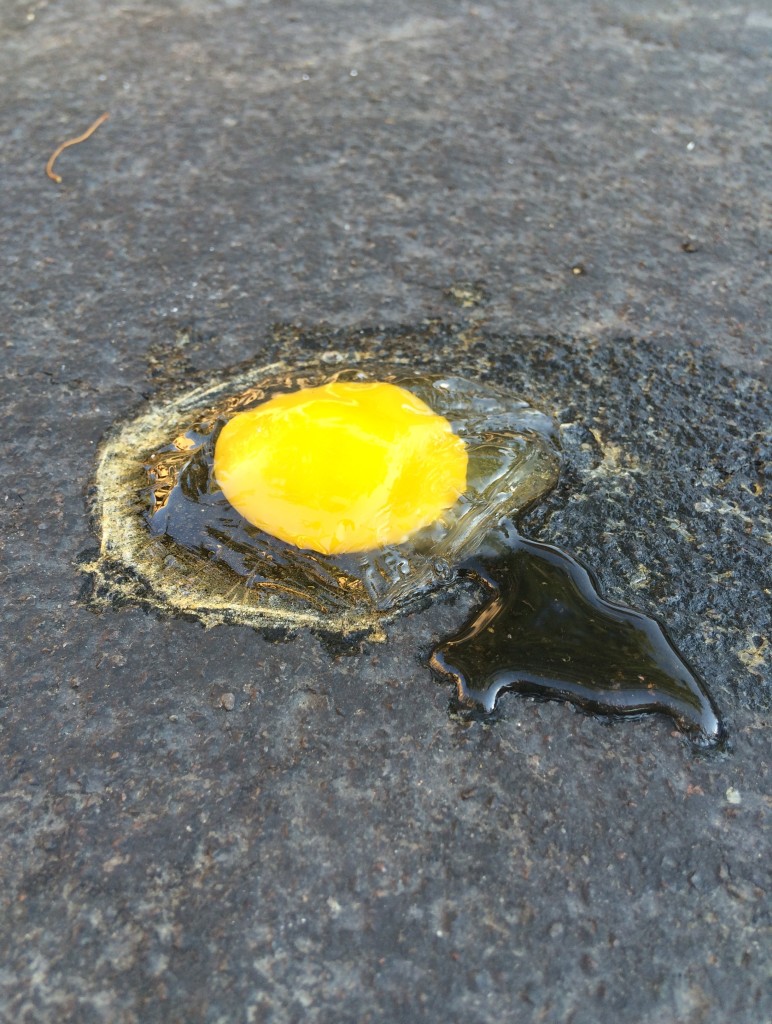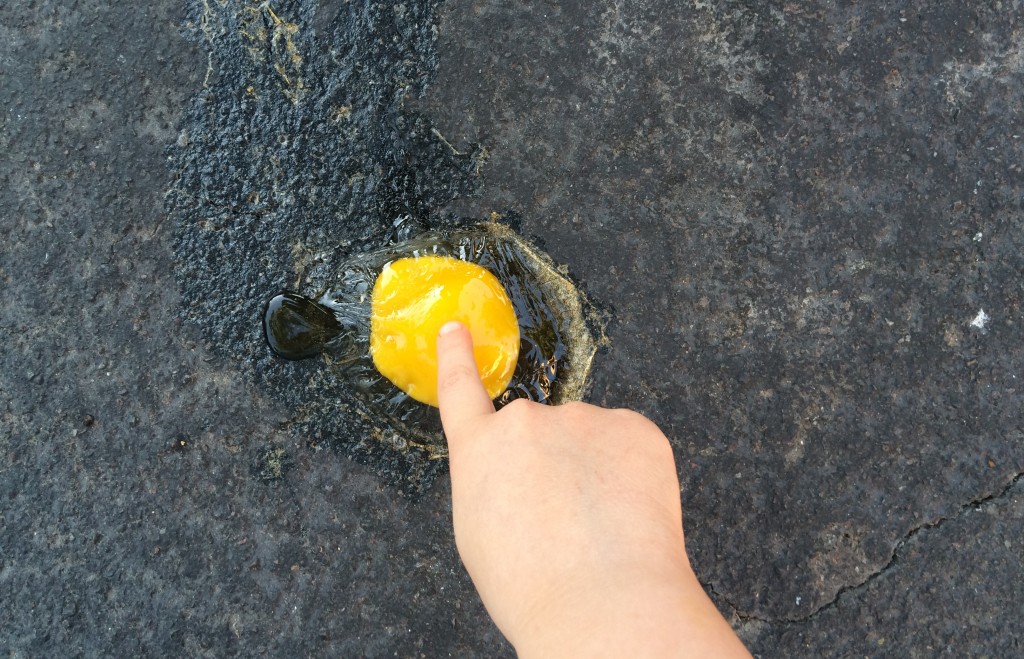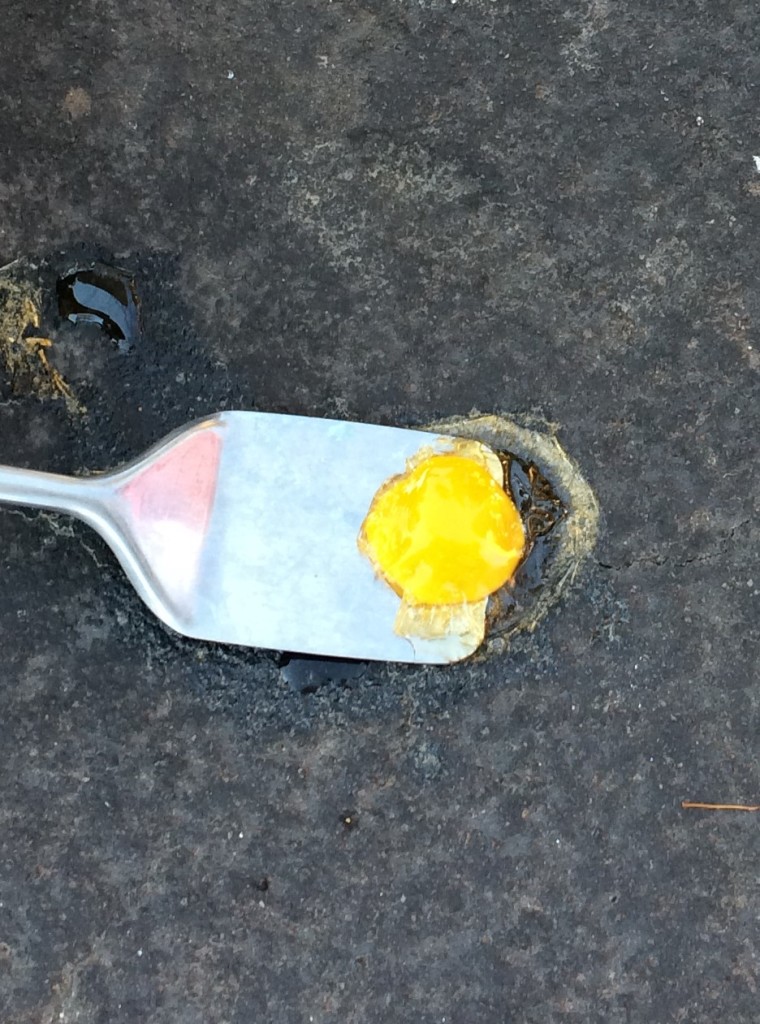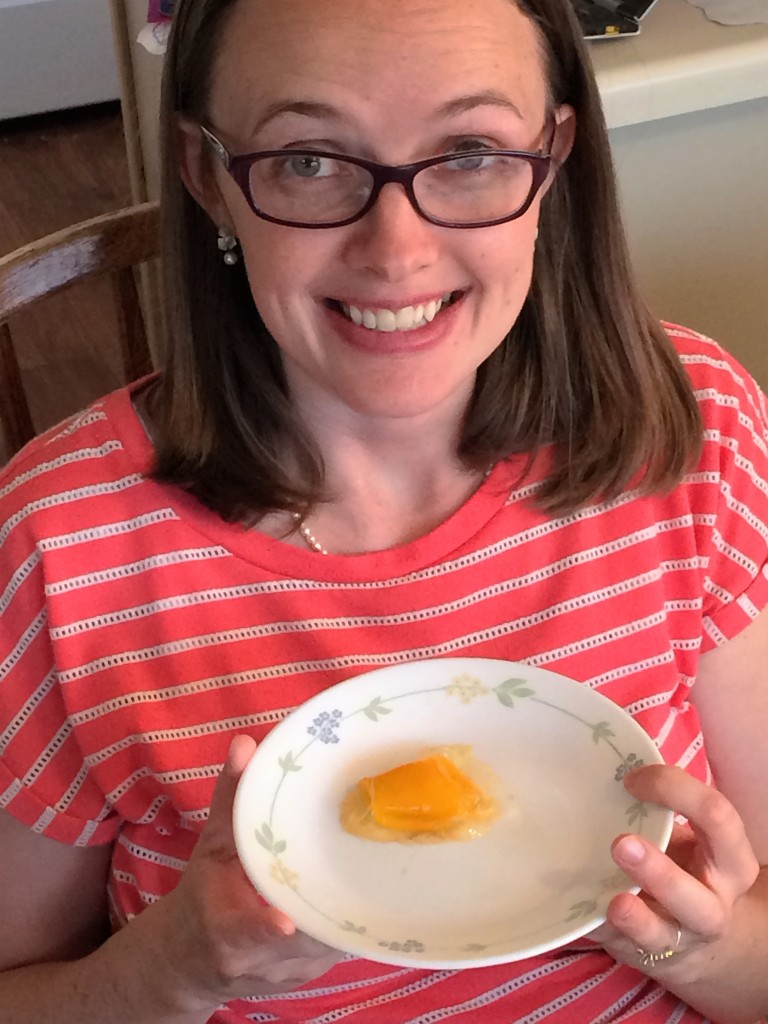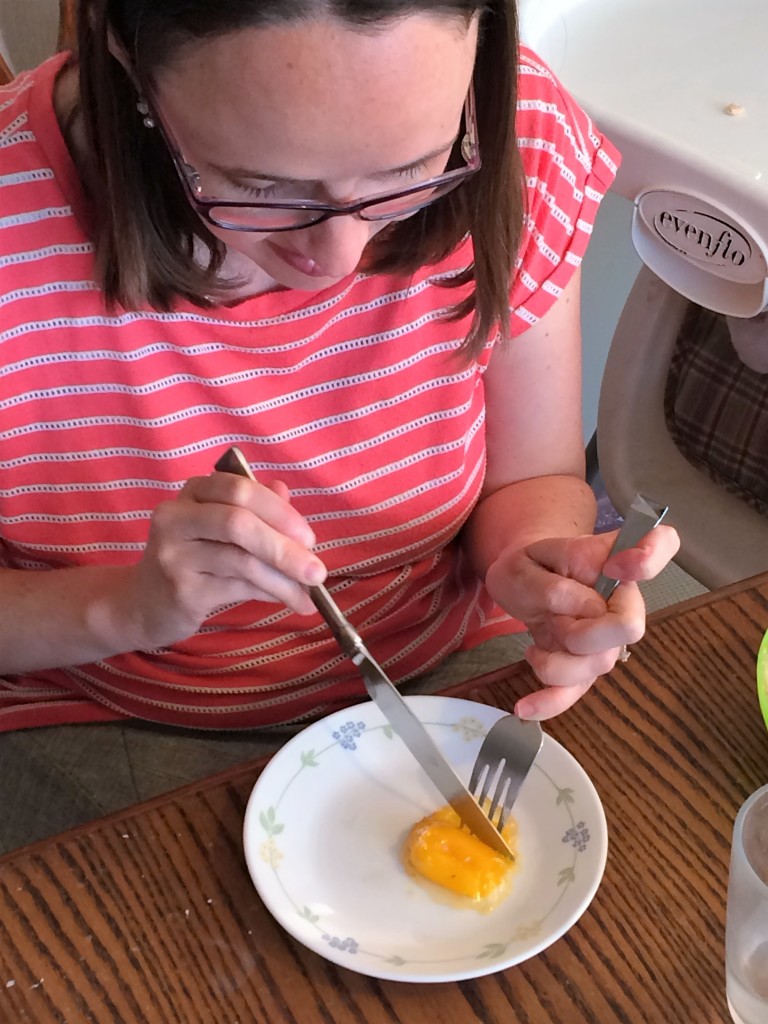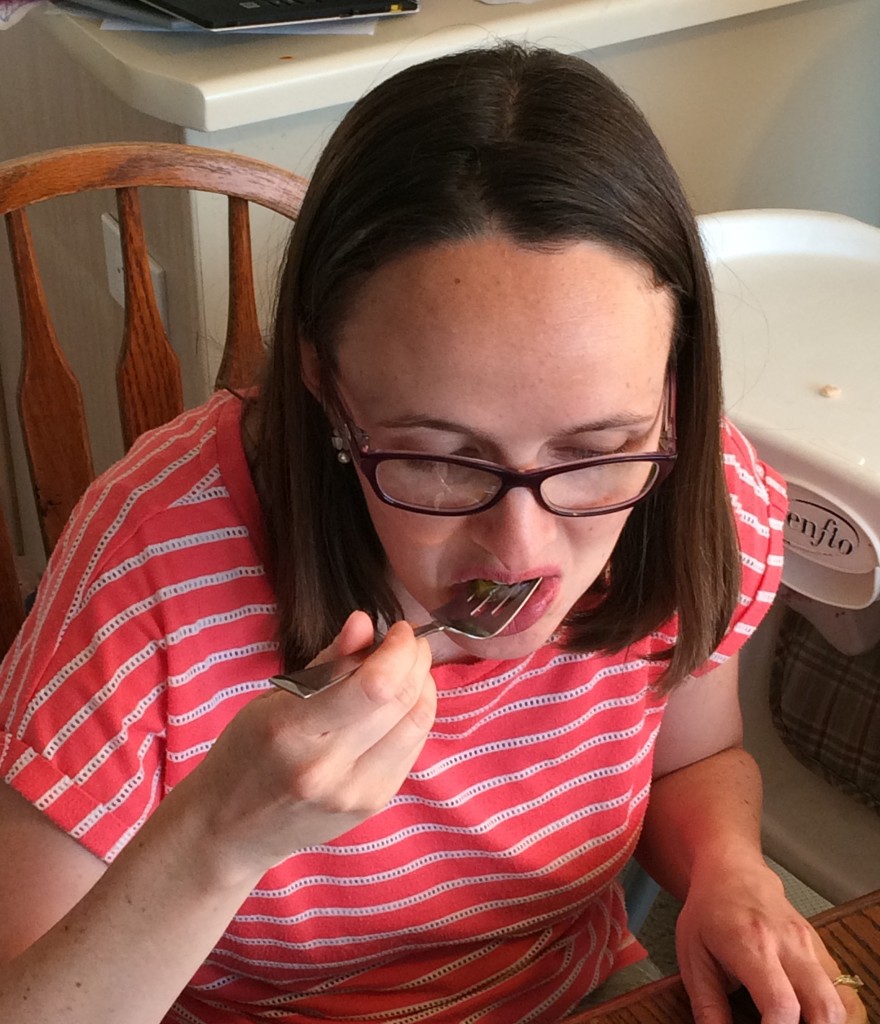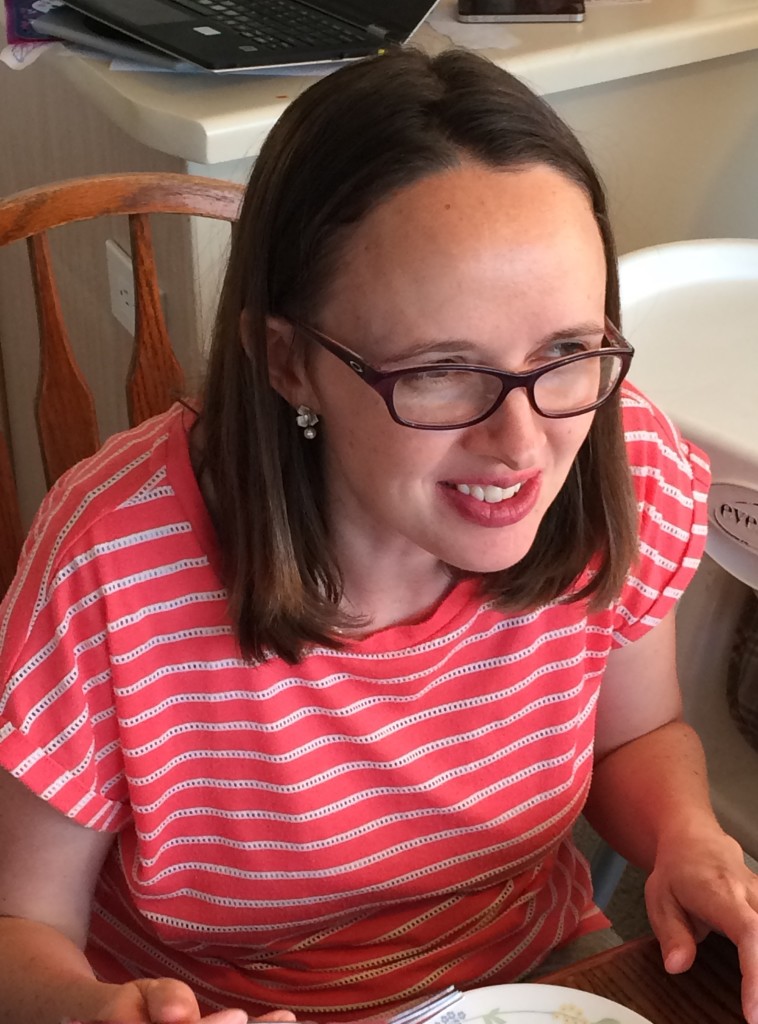I originally wrote this as a guest post for jancipatterson.com. It’s been over a year since it was published, and a year since the release of my novelette “The Clockwork Seer,” so I’m republishing the post here.

Art: “Color Cave in the Sea of Synesthesia” by garlandcannon via flickr, Creative Commons license
All of us have differences, things that set us apart. It’s a common observation that in high school people either hide those differences to try to fit in, or they flaunt then. High school and its social angst aside, our differences can be frustrating, even challenging.
A few years ago I was part of a writer’s group. We spent hours every month at Whole Foods discussing writing and life. Our conversations touched on things which helped me through some of my later struggles.
Many in the group had experienced depression at one point or another, a mental illness that is more common among artistic people than among the general population. (According to Swedish researchers, it’s even more common among writers). One of my friends spoke of her struggles with anxiety and described her panic attacks. About six months later, I was at home, stressed, and suddenly my heart started pounding uncontrollably. I couldn’t breathe, my body shook, and I felt like I would die. Because of my friend, I knew it wasn’t a heart attack: it was a panic attack.
It was also in my writer’s group that I first heard of synesthesia—a condition shared by three of those in the group.
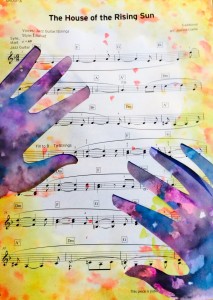
Art: Synesthesia by FitoComics via Deviant Art, Creative Commons license
According to Science Daily, synesthesia is “a neurological condition in which two or more bodily sensations are coupled.” There are currently more than sixty known types of synesthesia. By some estimates, one percent of the population has some form of synesthesia. One of the common forms of synesthesia relates to color. Someone might associate each letter or number with a different color (“A” might always look red). In some forms of synesthesia, different numbers inhabit different spaces, and could be perceived as closer or farther. Other people with synesthesia hear shapes or taste sounds.
Recent research demonstrates that “synesthetes have stronger connections between different brain areas…Those connections lead to a triggering effect, where a stimulus in one part of the brain would cause activity in another.”
When I started drafting “The Clockwork Seer,” I never set out to write a character with synesthesia. It was not in my outline. But as soon as I wrote the first paragraph I realized that synesthesia was what made Medina different than those around her, more so than being a seer and having a typewriter in her hip. Because of her synesthesia, she connects people, experiences, and emotions with tastes and smells.
And because Medina has synesthesia, whenever her clairvoyance strikes it overwhelms her, the images, tastes, smells, and sounds becoming so magnified as to be crippling. As a result, her friend the Tinker installed clockwork parts in Medina’s body which dampen the effects of her visions.
Medina lives on a large, highly populated island, isolated from the mainland. Due to geography and perhaps geology, most of those living on the island finds themselves with an island gift, though Medina has one of the larger ones. One of the perennial questions on the island is are these gifts, or are they actually curses?
Medina tends to side with the curses theory. At the beginning of “The Clockwork Seer” she wishes that she were normal, that her visions would leave her alone so she could live a normal life.
And don’t we all at times?

Art: Microglacier by Jason Samfield via flickr, Creative Commons license
I spent several years suffering from depression of different levels of severity. I remember giving my toddler a box of yarn to play with (in other words, tangle). I would curl up under a table and cry for hours, wishing the pain would go away, that I could be normal, or at least even a glimpse of who I used to be.
Depression treatments, books, speaking with a counselor, and medication, are all a bit like Medina’s clockwork parts, and make it possible to survive with a mental illness.
Yet Medina’s synesthesia and clairvoyance are only partly curses. They are a beautiful component of her, which give her advantages. It is the same with depression and other mental illnesses.
A 2003 study by researchers from the University of Toronto and Harvard showed that creative people “appear to be more open to incoming stimuli from the surrounding environment” and less able to ignore or shut out stimuli. That’s a trait that is also associated with psychosis, yet can be beneficial for a writer or artist. Psychology professor Jordan Peterson explains, “The normal person classifies an object, and then forgets about it, even though that object is much more complex and interesting than he or she thinks. The creative person, by contrast, is always open to new possibilities.”
Creative people have much higher rates of bipolar disorder or manic depression, but this also gives them a larger emotional range which studies propose may aid in creativity (a different study proposes a genetic link between these disorders and creativity).

Art: Intermezzo Abstract by Peter & Ute Grahlmann via flickr, Creative Commons license
One researcher, Simon Kyaga, explained, “If one takes the view that certain phenomena associated with the patient’s illness are beneficial, it opens the way for a new approach to treatment. In that case, the doctor and patient must come to an agreement on what is to be treated, and at what cost.”
One of my good friends can’t write when she is taking depression medication. The medication eliminates the emotional range she needs for her stories, and her drive to write. Other friends manage their illnesses and write better when they are taking medication.
While I am grateful I no longer face depression on a daily basis, I can’t look at my experiences with depression from an attitude of regret. They are part of who I am. Depression made me willing to put my characters through hard things, it taught me about emotion and desire, and it gave me a need to write and make meaning out of life.
I still have days when I wake up and can feel the chemical imbalance in my body. I feel worthless, even though cognitively I know it is not true. On some days I feel depressed even when I practice dozens of self-treatment approaches that normally work on me. On very hard days, I remind myself, “I feel deeply. I embrace every feeling, every experience, for it will help me tell stories.”
We can flee from the things that make us different and try to hide them from others or ourselves. Or we can let our differences be a part of us—manage them, prevent what is preventable, cure what is curable, but realize that the things that give us struggle can give us much more than just that.

One of the reasons I love being a part of the anthology Steel and Bone is that each of the stories addresses things that make people different. It’s a common trait in the steampunk genre as a whole. Yes, there are standard steampunk tropes: cool, steam-powered machinery, gears and gadgets, punked-out Victorian costumes, automatons and the like. Yet steampunk also addresses deep, rich questions: Can I control my fate or overcome my circumstance? Am I my limitations? What sacrifices are necessary for progress? Is the status quo the ideal?
When I write and read steampunk, it gives me hope that my differences will not cripple me, and that perhaps I can use them to my own advantage.
Steel and Bone is a collection of steampunk short stories and novelettes. It is available as both a print book and an ebook.
